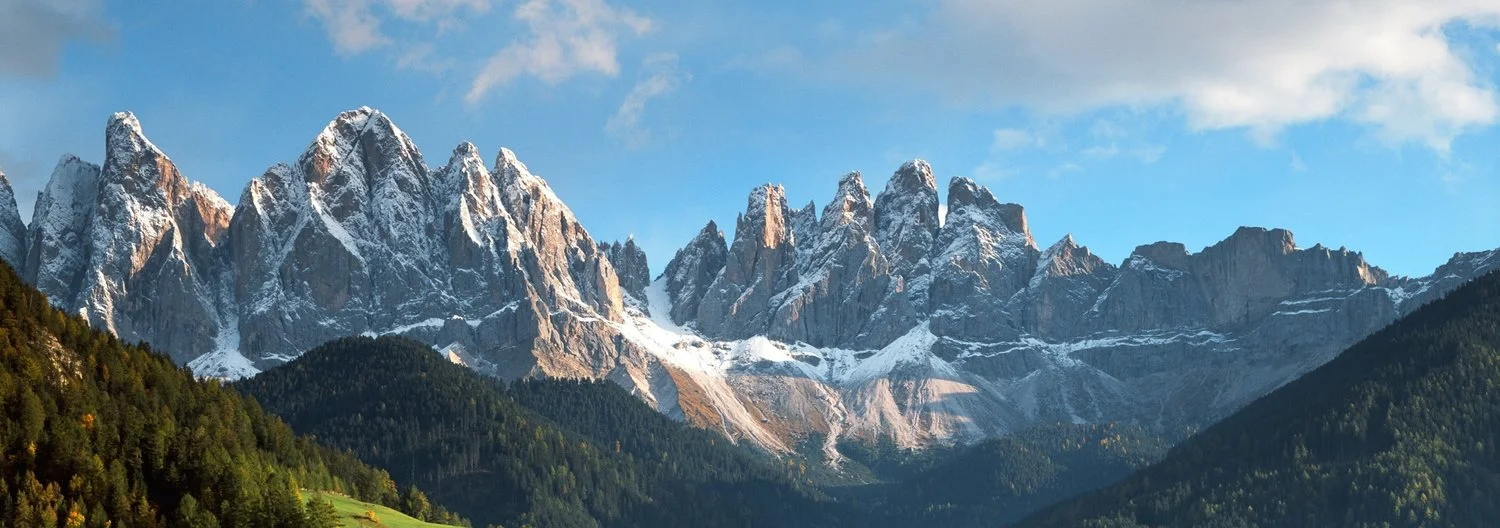Boot Care Boot Camp
Why are they happy? Because they have nicely broken in boots.
Hot on the heels of our last boot blog, no pun intended, let's talk about boot maintenance. Have you ever seen a guy, maybe in the airport, maybe at hunting camp, that has a pair of old leather boots that look wonderfully broken in, smooth with wear, but still in great condition?
Right off the bat I know two things about that guy. A) He buys quality equipment. B) He takes really good care of his investment. No doubt, he's had those boots - which cost twice what the next guy's boots do - for three times as long as anyone else in camp has owned a pair of boots.
I met Mr. TakesCareOfMyQualityStuff in Tannana, AK back in 2013. He had a pair of old Kenetrek Moutain Guides sitting next to him as he sprawled out on the ground, soaking up the sun, barefoot. You could tell he had a lot of miles on the boots, but they showed no signs of cracking or dry rotting, and the leather wasn't so broken down that they'd lost form. The soles showed more wear than anything else. They must have fit like a dream.
After some small talk I got right down to business.
"How old are your boots," I asked.
"Three years," he says. "And I wear them every day."
"Liar!" I almost blurted out.
At the time, I couldn’t possibly have imagined a set of kicks taking that amount of abuse and not being completely annihilated.
But then he began explaining his secret to making good boots last for a really long time. The info below is his advice, paired with some of my own.
The key to making leather boots last a long time is maintenance. It's like a car. There are things you simply do, like changing the oil, and things you obviously don't do, like leaving your new Challenger in a Colorado hailstorm (right Mike?).
Number one thing to do: always follow the care instructions that come with the boots, and if need be, let those instructions supersede anything you read elsewhere, including here.
Boots get wet. No big deal. It's how you dry them that counts.
Moisture
Number one thing not to do: never use a heat source to dry boots unnaturally fast. This includes, but is not limited to, open flame, radiators, hot air from ductwork, or boot driers (being serious). The best way to crack leather and damage waterproof membranes is to apply heat, even gentle heat. Once saturated, thick leather takes a long time to thoroughly dry. Don't rush the process.
Instead, pull the liners out, take the laces off and spread the boots open as far possible. Better yet, find a way to hang them upside down. Boots dry better this way. A little breeze will go a long way too, if you can get the boots out in the open. If available, pack them with newspaper or toilet paper overnight. The paper will absorb a lot of moisture.
If you're in a situation where you're literally dumping water out of the boots, a rung-out woolen sock can be used as a sponge. Cram it into the boot and smash it against all interior surfaces, letting the sock draw water out of the liner material. Pull out the sock, ring it out hard, and repeat until satisfied. You'll be amazed how well this works.
And on a side note, if you have damp socks on a backcountry trip and no way to dry them out, take them off and keep them in your sleeping with you overnight. That works like magic, too.
If your boots are wet, capitalize on every opportunity to take them off and air them out.
Dirt
Abrasion is hard on boots. There's little that can be done about the wear and tear on the sole and leather uppers while brushing against rocks, trees and undergrowth. But the residual accumulation of grit in the nooks and crannies of your footwear can be just as bad. It tends to collect along the sides and particularity the bottom of the tongue, as well as along seams and under hardware.
Left unchecked, stone dust acts as sandpaper and can wear the leather at critical points. Every time you take the boots off, loosen the laces and wipe the grit off the exterior of the tongue. Your boots will thank you.
Now is as good a time as ever to mention the use of good gaiters. A properly fitted gaiter will keep dust, dirt, frost, dew and rain off your boot uppers and laces. Even more impressive, they’re a huge help in stream crossing situations. With tight gaiters over rain pants, I’ve waded through water up to my thigh without getting wet feet. Fine, don’t believe me.
If your butt doesn't get wet, it's not too deep. A good set of gaiters are worth their weight in gold.
First Lite and Outdoor Research each make a great set of gaiters. Like boots, you should try gaiters on for proper fit, but they're far more forgiving. You want them tight around the bottom. I prefer types that flare more, like the bell bottom pants you may've worn in your youth, if you're old (I wouldn't admit to it either). These cover more of the front of the boot, reaching three-quarters of the way to the toe.
Dusty trails, scree and deep mud can wear boots through the accumulation of dirt. I wipe my boots down completely during a break if I'm in the field for more than a few days at a shot. But at the very least, after every adventure, I pull the laces out and run the uppers under warm water, wiping them off with a cloth until I've removed all the dirt. Then I let them dry, which brings us to the next item on the list.
Treatment
There's as many different kinds of boot dressing as there are boots. Not all are for the same purpose, and not all are created equal. Some treatments are for specific leather finishes, like nubuk or suede, so that the texture doesn't change. I never cared much if my nubuk hiking boots lost their matte finish, so it wasn't a concern.
Other treatments are recommended specifically for breathable waterproof membranes, like Goretex and Windtex. Use the wrong product, and it can clog the pores on the membrane, destroying its air permeability. Then you're back at square one, with damp feet, but this time, they'll be damp and smelly.
Keep in mind that nearly every treatment - whether it be oil, wax, cream, spray, etc. - will darken leather and give it a slight sheen.
Treating boots will change their color. The boot on the left has been treated with Kenetrek Ke-Wax.
Another thing to consider is that some leather treatment products will soften leather to the point of making it less rigid, so that it abrades more easily and loses ankle support. Do your research before using any treatments on your expensive boots, but know that there's something out there designed specifically for your application.
On hunting boots I, use Kenetrek boot wax. There are three things I like about the Kentrek “KE-Wax”. First and foremost, it’s formulated to work with the Windtex waterproof membrane, not against it. Your boots won’t lose breathability. Second, it’s made to use on any leather, so I can put it on any boot I own. And just as important, the wax won't peel the rubber rand that's so vital to protecting your boots from rock.
For dress boots, I use Redwing boot oil, because ankle support doesn't matter, there's no waterproof liner to mess up, and application is fast.
One more boot hack before I go… Carry 550 cord (paracord) while you’re in the wild. It’s good for hanging meat, fixing a torn pack strap, replacing boot laces, or restraining banjo-playing indigenous folk in the back of your canoe.
Give us a follow on Instagram (@TransientOutdoorsman) and Twitter (@TransientOutdrs) We’re on Facebook and YouTube, too!
Keep rockin', and take care of your boots. This guy does.
Zero Your Turrets – T.O.
# # #










